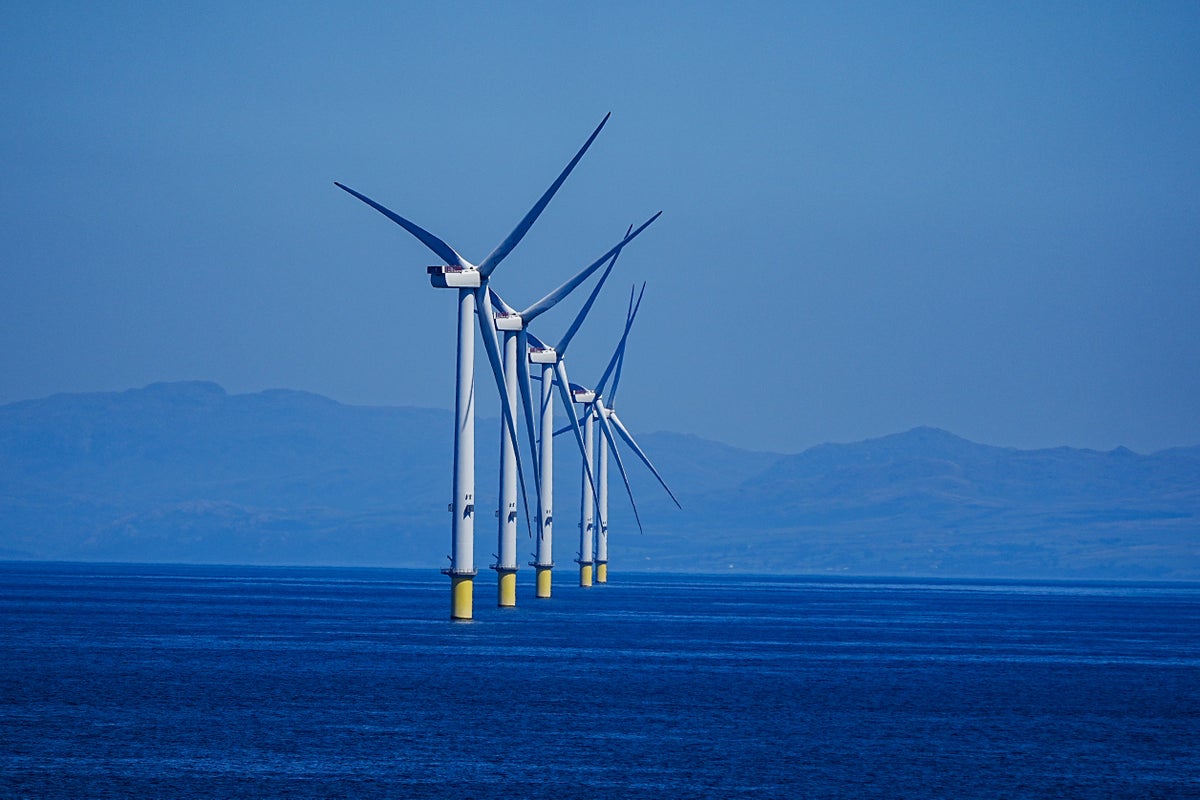Politics
200 troops to monitor Gaza truce, says US
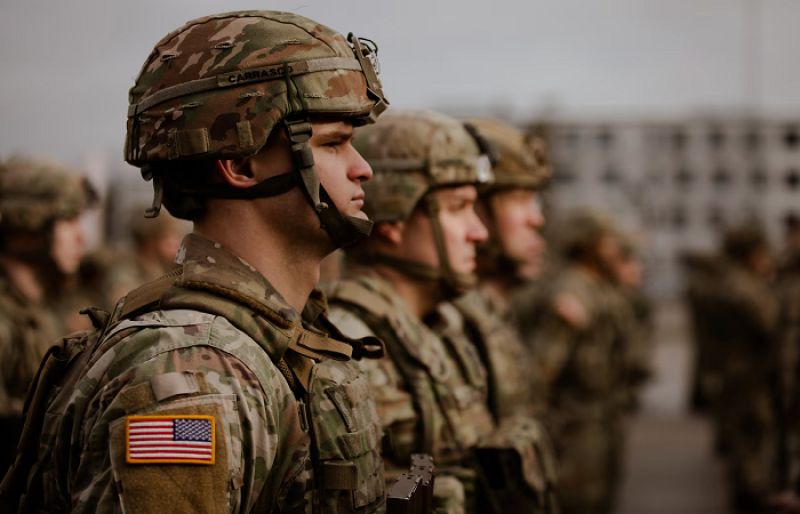

Admiral Brad Cooper, head of the US Central Command, will initially lead the 200-strong team on the ground.
“His role will be to monitor, observe, and ensure there are no violations,” a senior official told reporters.
The team is expected to include military officials from Egypt, Qatar, Turkey, and possibly the UAE.
Another official clarified that “no US troops are planned to enter Gaza.”
“The idea is to make the operation collaborative,” the first official added, noting that Israeli forces will maintain constant communication with the team.
“Having Admiral Cooper involved provided significant confidence and reassurance to the Arab countries,” the official said.
“It also sent a clear message to Hamas that the US, and the President, are strongly committed to their guarantees.”
The second official stated that US personnel are tasked with helping establish a joint control center and coordinating with other security forces to deconflict with the Israeli Defense Forces (IDF).
Israel govt approves hostage deal
Israeli Prime Minister Benjamin Netanyahu’s office said on Friday that the government had “approved the framework” of a hostage release deal with Hamas, as both sides edged closer to ending more than two years of hostilities in Gaza.
Israel previously said “all parties” had signed the first phase of a ceasefire agreement, adding that Hamas freeing the captives would “bring the end to this war”.
The accord in Egypt follows a 20-point peace plan for Gaza announced last month by US President Donald Trump, who said he planned to leave on Sunday for the Middle East.
Egypt is planning an event to celebrate the conclusion of the deal, with Trump also expected to stop in Israel and consider going to devastated Gaza.
The Israeli government had said the ceasefire was to take hold within 24 hours of meetings on Thursday to approve the deal, under which the military should eventually withdraw from Gaza.
And in a statement early on Friday, Netanyahu’s office said the government had “approved the framework for the release of all the hostages — both the living and the deceased”.
Netanyahu had faced pushback from his far-right allies, with National Security Minister Itamar Ben Gvir saying he would vote against the agreement, calling the plan to release thousands of Palestinian prisoners in exchange for the 47 hostages remaining in Gaza “an unbearable heavy price”.
Despite celebrations in Israel and Gaza and a flood of messages from world leaders hailing the deal, numerous issues remain unsettled, including the plan’s call for Hamas to disarm and a proposed transitional authority for Gaza led by Trump himself.
Senior Hamas official Osama Hamdan said the Palestinian Islamist movement rejected the latter.
“No Palestinian would accept this. All the factions, including the Palestinian Authority, reject this,” Hamdan told Qatar-based broadcaster Al Araby.
Trump said the issue of Hamas surrendering its weapons would be addressed in the second phase of the peace plan.
“There will be disarming,” he told reporters, adding there would also be “pullbacks” by Israeli forces.
Senior US officials said a military team of 200 people, led by US Central Command chief Admiral Brad Cooper, would be deployed in the Middle East to “oversee” the truce.
One official said Egyptian, Qatari, Turkish and probably Emirati military officials would be embedded in the team. A second official said “no US troops are intended to go into Gaza”.
Tears of joy
Confirming that the first-phase draft had been signed by “all parties” early Thursday, Israeli government spokeswoman Shosh Bedrosian told journalists that “all of our hostages, the living and the deceased, will be released 72 hours later, which will bring us to Monday”.
Foreign Minister Gideon Saar said the release of the hostages “should bring the end to this war”.
In a rare interview with an Israeli network, Palestinian president Mahmud Abbas told the Channel 12 broadcaster that “what happened today is a historic moment”.
“Today, we are very happy that the bloodshed has ceased. We hope it remains this way, and that peace, security, and stability will prevail between us and Israel,” Abbas said.
US envoy Steve Witkoff and Trump’s son-in-law Jared Kushner travelled to Jerusalem Thursday night, where they met both Netanyahu and Israeli President Isaac Herzog, their offices said.
Israeli media reported that the pair later participated in the government meeting held to approve the plan.
The deal, thrashed out in indirect, closed-door talks in the Red Sea resort town of Sharm El-Sheikh, also envisions a surge of aid into Gaza, where the UN has declared famine.
The announcement sparked joy in Gaza, much of which has been flattened by Israel’s offensive.
“Honestly, when I heard the news, I couldn’t hold back. Tears of joy flowed.
Two years of bombing, terror, destruction, loss, humiliation, and the constant feeling that we could die at any moment,” displaced Palestinian Samer Joudeh told AFP.
In Israel, thousands of people gathered in a Tel Aviv square to celebrate, some holding photos of hostages still in Gaza and waving Israeli and US flags.
“We have been waiting for this day for 734 days. We cannot imagine being anywhere else this morning,” said Laurence Ytzhak, 54.
Hamas has submitted a list of Palestinian prisoners it wants released from Israeli jails in the first phase.
The list names 250 Palestinians sentenced to life imprisonment and 1,700 others arrested by Israel since the war began, according to a Hamas source.
Explosions continue
The talks were taking place under the shadow of the second anniversary of the October 7, 2023 Hamas attack on Israel, which resulted in the deaths of 1,219 people, mostly civilians, according to an AFP tally based on official Israeli figures.
Militants also took 251 people hostage into Gaza, where 47 remain, including 25 the Israeli military says are dead.
Israel’s retaliatory campaign in Gaza has killed at least 67,194 people, according to the health ministry in the Hamas-run territory, figures the United Nations considers credible.
The data does not distinguish between civilians and combatants but indicates that more than half of the dead are women and children.
Gaza’s civil defence agency, a rescue force operating under Hamas’s authority, reported several strikes on the territory after the announcement of the deal.
AFP journalists and witnesses said more explosions and artillery fire could be heard Thursday evening in southern and central Gaza.
Politics
White House says Nobel Committee puts ‘politics over peace’
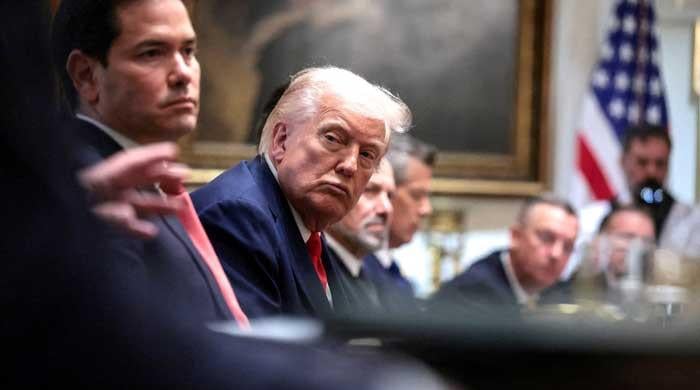
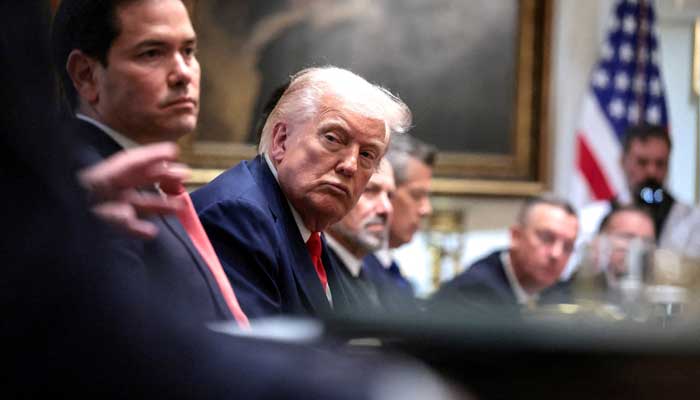
The White House on Friday criticised the Nobel Prize committee’s decision to grant the peace prize to a Venezuelan opposition leader instead of US President Donald Trump, who aggressively lobbied for the award and touted his role in brokering international ceasefire deals.
“President Trump will continue making peace deals, ending wars, and saving lives. He has the heart of a humanitarian, and there will never be anyone like him who can move mountains with the sheer force of his will,” White House spokesperson Steven Cheung said in a post on X.
“The Nobel Committee proved they place politics over peace.”
The Norwegian Nobel Committee granted the annual award to Venezuela’s Maria Corina Machado, citing “courageous defenders of freedom who rise and resist” authoritarian leadership.
Trump has campaigned for the prize, and just this week announced a ceasefire and hostage deal to end the war in Gaza.
The president has not yet commented on the Nobel decision, but he did post three videos on his Truth Social account on Friday morning of supporters celebrating the Gaza deal.
Trump claims to have ended eight wars since taking office and insists he deserves the Nobel, though he said recently he fully expected to be passed over.
“Will you get the Nobel Prize? Absolutely not. They’ll give it to some guy that didn’t do a damn thing,” Trump told top US military leaders last month.
He said it would be a “big insult” to the United States if he didn’t get it.
Nominations for the Nobel must have been made before January 31 to be valid for this year’s prize. Trump returned to the White House for his second term in office on January 20.
Politics
Six killed as major quake strikes southern Philippines
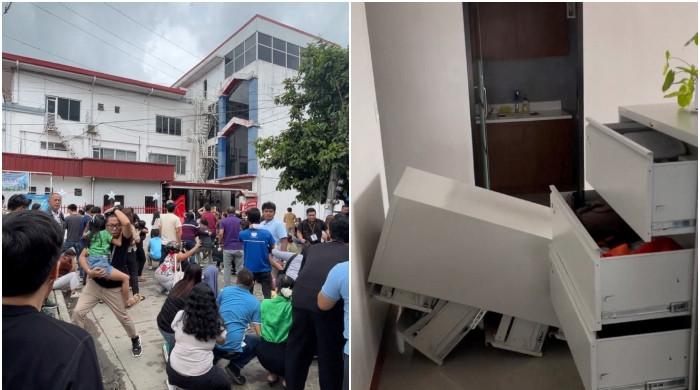
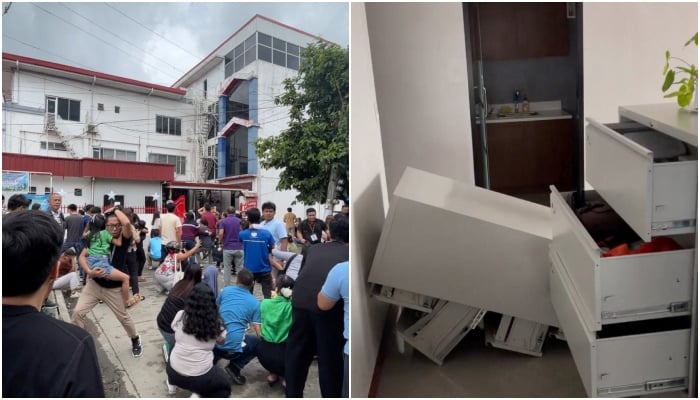
- Rescue teams race to reach remote quake-hit mountain areas.
- Dozens injured and power lines down across Mindanao region.
- Tsunami warnings lifted after strong aftershocks shake southern area.
A powerful magnitude-7.4 earthquake struck off the southern Philippines on Friday, killing at least six people and triggering regional tsunami warnings that were later lifted.
The quake hit about 20 kilometres (12 miles) off Manay town in the Mindanao region at 9:43am, according to the United States Geological Survey.
It came just 11 days after a magnitude-6.9 earthquake killed 75 people and injured more than 1,200 in Cebu province, according to official data.
Three miners tunnelling for gold were killed when their shaft collapsed in the mountains west of Manay, rescue official Kent Simeon of Pantukan town told AFP. One miner was pulled out alive and several others were injured, he said.
“Some tunnels collapsed, but the miners managed to get out. In that particular area, only one incident was reported,” Simeon said, adding that rescuers were withdrawing from the remote site of Gumayan, accessible only by dirt bikes.
In Mati city, the largest urban centre near the epicentre, one person was killed when a wall collapsed, while another suffered a fatal heart attack, local officials said.
A separate fatality was reported in Davao city, more than 100 kilometres west of the epicentre, a city government statement said without giving details.
Philippine authorities issued a tsunami warning shortly after the quake, ordering evacuations along the eastern seaboard where waves of up to three metres (10 feet) were feared.
The Pacific Tsunami Warning Center lifted its own alert for the Philippines, Palau and Indonesia at around noon, saying there was “no longer a tsunami threat”.
‘People screamed and ran’
Wes Caasi, a local official in Tagum city, northwest of Manay, told AFP that a government event at the city hall descended into chaos as panicked attendees fled. “They screamed and ran.”
Confirming videos that circulated on social media, Caasi said she saw city workers scrambling down a metal Christmas tree they were decorating when the quake struck.
Other witnesses said they saw students and workers pouring out of schools, office buildings and shopping malls— though some footage shared on social media proved to be misinformation.
Many Visayan-language posts shared footage of a crane falling from a building and imagery of destroyed buildings, but AFP fact-checkers found both visuals predated the tremor.
So far, the tremors seem to have caused minor and scattered damage, according to witnesses.
More than 100 aftershocks were recorded, some reaching magnitude 5.0.
Dianne Lacorda, a police officer in Davao Oriental province, told AFP that power and communication lines were down, hampering damage assessments.
The provincial government said on Facebook that it had suspended classes “until further notice” and sent non-essential public workers home.
‘Shaking was so strong’
Christine Sierte, a teacher in the town of Compostela near Manay, told AFP she was in the middle of an online meeting when the violent shaking started.
“It was very slow at first, then it got stronger… That’s the longest time of my life. We weren’t able to walk out of the building immediately because the shaking was so strong,” she said.
“The ceilings of some offices fell, but luckily no one was injured,” she said, adding that some of the school’s approximately 1,000 students “suffered panic attacks and difficulty in breathing”.
Earthquakes are a near-daily occurrence in the Philippines, which is situated on the Pacific “Ring of Fire”, an arc of intense seismic activity stretching from Japan through Southeast Asia and across the Pacific basin.
An 8.0-magnitude quake off Mindanao island’s southwest coast in 1976 unleashed a tsunami that left 8,000 people dead or missing in the Philippines’ deadliest single natural disaster.
Politics
Who is Nobel Peace laureate Maria Corina Machado?
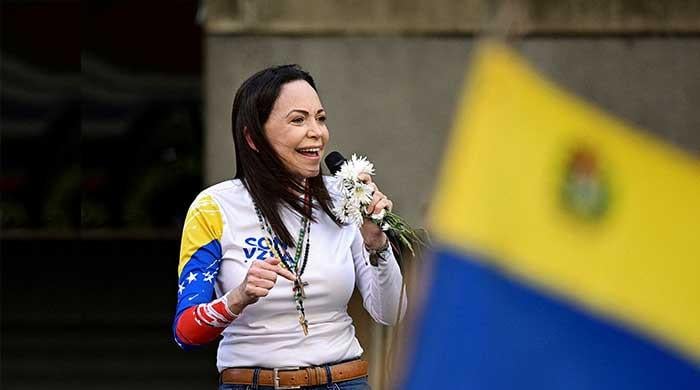
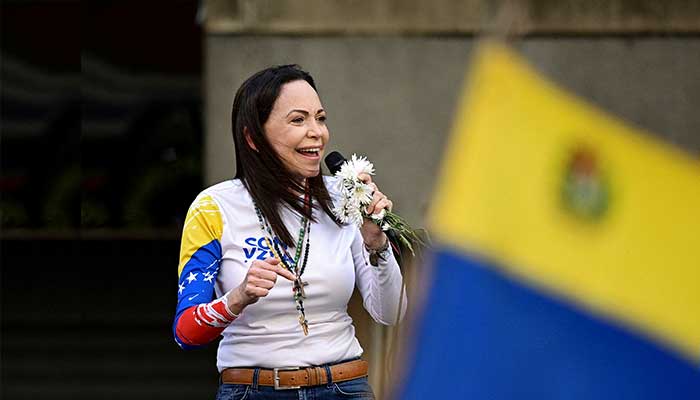
Venezuelan opposition leader Maria Corina Machado won the Nobel Peace Prize on Friday for promoting democratic rights in her country and her struggle to achieve a transition to democracy, the Norwegian Nobel Committee said.
Following are some facts about the democracy campaigner:
Upper-class background
Maria Corina Machado, 58, was born in Caracas, Venezuela, on October 7, 1967. She is an industrial engineer by training, and her father was a prominent businessman in Venezuela’s steel industry. Her upper-class roots have made her a target of criticism from Venezuela’s governing socialist party.
In hiding
Machado won a resounding victory in the opposition’s primary election in 2023 and her rallies attracted large crowds, but a ban from holding public office prevented her from running for president against Nicolas Maduro in an election in 2024 and she went into hiding.
The country’s electoral authority and top court say Maduro, whose time in office has been marked by a deep economic and social crisis, won the election though they have never published detailed tallies.
Machado emerged from hiding to make a brief appearance during a protest before Maduro’s inauguration in January. She was briefly arrested and then freed.
Advocate of liberal economic reforms
Machado advocates for liberal economic reforms, including the privatisation of state-owned enterprises such as PDVSA, Venezuela’s oil company. She also supports the creation of welfare programs aimed at aiding the country’s poorest citizens.
Political activism
Her political activism has come at a cost, leaving her isolated as nearly all of her senior advisers have been detained or forced to leave the country. Machado herself has accused Maduro’s administration of operating as a “criminal mafia.”
Collective struggle
Though sometimes criticised for being egotistical — even by her own mother — Machado rarely speaks about herself in public. Instead, she frames her campaign as a collective struggle for redemption and unity, aiming to inspire hope among Venezuelans weary of economic hardship and social decay.
-
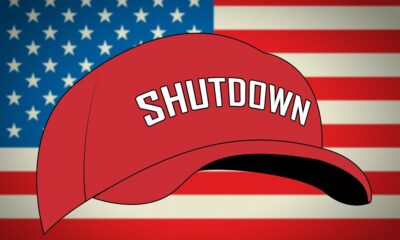
 Fashion1 week ago
Fashion1 week agoUS govt shuts down as Democrats block Republican stopgap funding bill
-

 Fashion1 week ago
Fashion1 week agoIKEA buys $213 million Manhattan building for new store in US push
-

 Tech1 week ago
Tech1 week agoAOL’s dial up internet takes its last bow, marking the end of an era
-
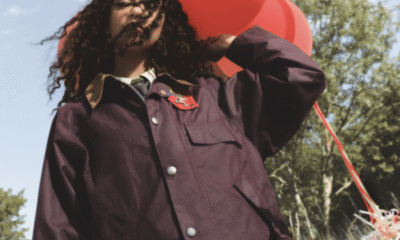
 Fashion1 week ago
Fashion1 week agoPaul Smith and Barbour launch town-meets-country collab
-

 Sports1 week ago
Sports1 week agoColts’ Howard abruptly retires, says ‘family first’
-
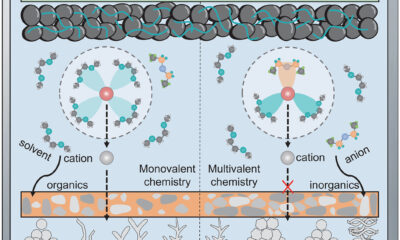
 Tech1 week ago
Tech1 week agoExploring alternative metals for longer-lasting, faster-charging batteries
-
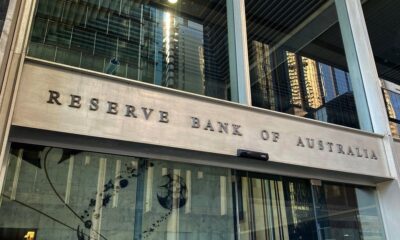
 Fashion1 week ago
Fashion1 week agoRBA holds cash rate at 3.60% as inflation eases, risks remain
-

 Tech1 week ago
Tech1 week agoPalladium filters could enable cheaper, more efficient generation of hydrogen fuel




